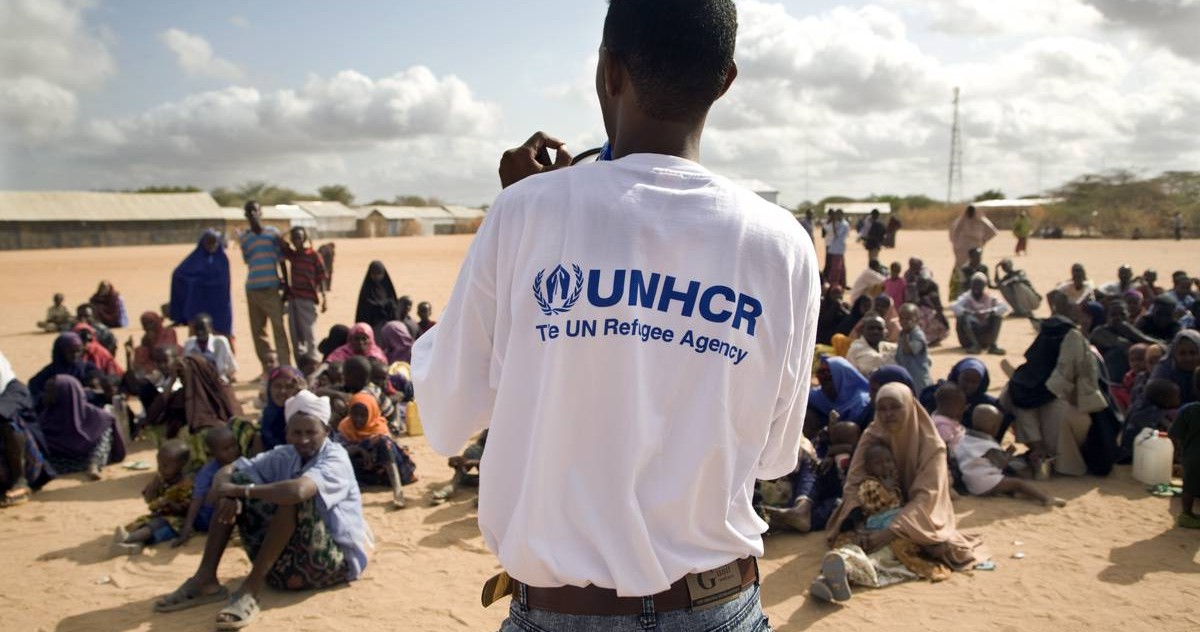UNHCR has been operational in Kenya in line with its international mandate and on invitation from the government of Kenya for over fifty years. Refugees and asylum seekers from countries surrounding Kenya have been received and provided with assistance. In addition, UNHCR Kenya has provided much needed aid to persons who have been internally displaced from their homes as a consequence of unrest, fighting and environmental factors such as flooding.
Humanitarian aid has also been provided to returnees (former Kenyan refugees abroad coming back to Kenya). UNHCR also advocates on behalf of stateless persons with a view to securing documentation and end their status as “citizens of no country”. In executing its core mandate of providing international protection and assistance to refugees, UNHCR works closely with the Ministry of Interior and Coordination of National Government, non-governmental organizations (NGO) and other UN agencies.
Kenya is host to 486,150 refugees and asylum-seekers from over 15 countries in the region mainly situated in the Dadaab and Kakuma camps as well as in various urban centres. The refugee situation has been termed as protracted as a large numbers of the refugees have resided in the camps for over 20 years with periodical new influxes from mainly Somalia and South Sudan. Provision of protection and assistance is carried out directly by UNHCR or indirectly where funds are channelled through various governmental and non-governmental partners.
UNHCR also cooperates closely with operational non-governmental and other organizations that are self-funded. Contributions and programmes of all partners are compiled in the Kenya Comprehensive Refugee Programme. The main self-funded organizations include World Vision International, Handicap International, Médecins Sans Frontières (MSF-Swiss), World Bank and the International Organization for Migration. It also cooperates with UN agencies such as WFP, WHO, UNFPA, UNOCHA, UNICEF, FAO, UNDP and is part of the UN Country Team in Kenya; and the One UN programme delivery model which is applied in the country. UNHCR interventions are included in the UN Development Assistance Framework.
Priority areas of assistance are access to asylum, registration, protection of women, children, individuals with specific needs and delivery of life saving services such as water, sanitation, shelter, health and nutrition. UNHCR gives priority to solution oriented interventions which include education, self-reliance, resettlement and voluntary repatriation which promote durable solutions for refugees in Kenya.
UNHCR, in its programming and to promote peaceful co-existence, also implements interventions in assistance to members of refugee hosting areas. This is in order to mitigate the creation of economic imbalances between refugees and the host communities as well as prevent conflict. Recognizing the potential of the host and refugee economies, steps have been taken in Turkana County to promote the integration of the refugee operation in the County development initiatives at the new refugee site in Kalobeyei. The planned activities are in line with the wider Turkana development focus by the key development players. In Dadaab, similar efforts have been made taking into consideration the ongoing spontaneous return of Somali refugees. UNHCR and partners continue to implement the urban refugee policy which focuses on the integration of refugees in the host community development. In this regard, the urban programme continues to work with national and county governments in order to facilitate access to public services for refugees especially in the sectors of health, education, sexual gender-based violence (SGBV), child protection and livelihoods. Capacity building support is also provided to the Government of Kenya in refugee, international human rights law and refugee management with a view of gradually handing over the refugee status determination responsibilities from UNHCR, as well as data management.

